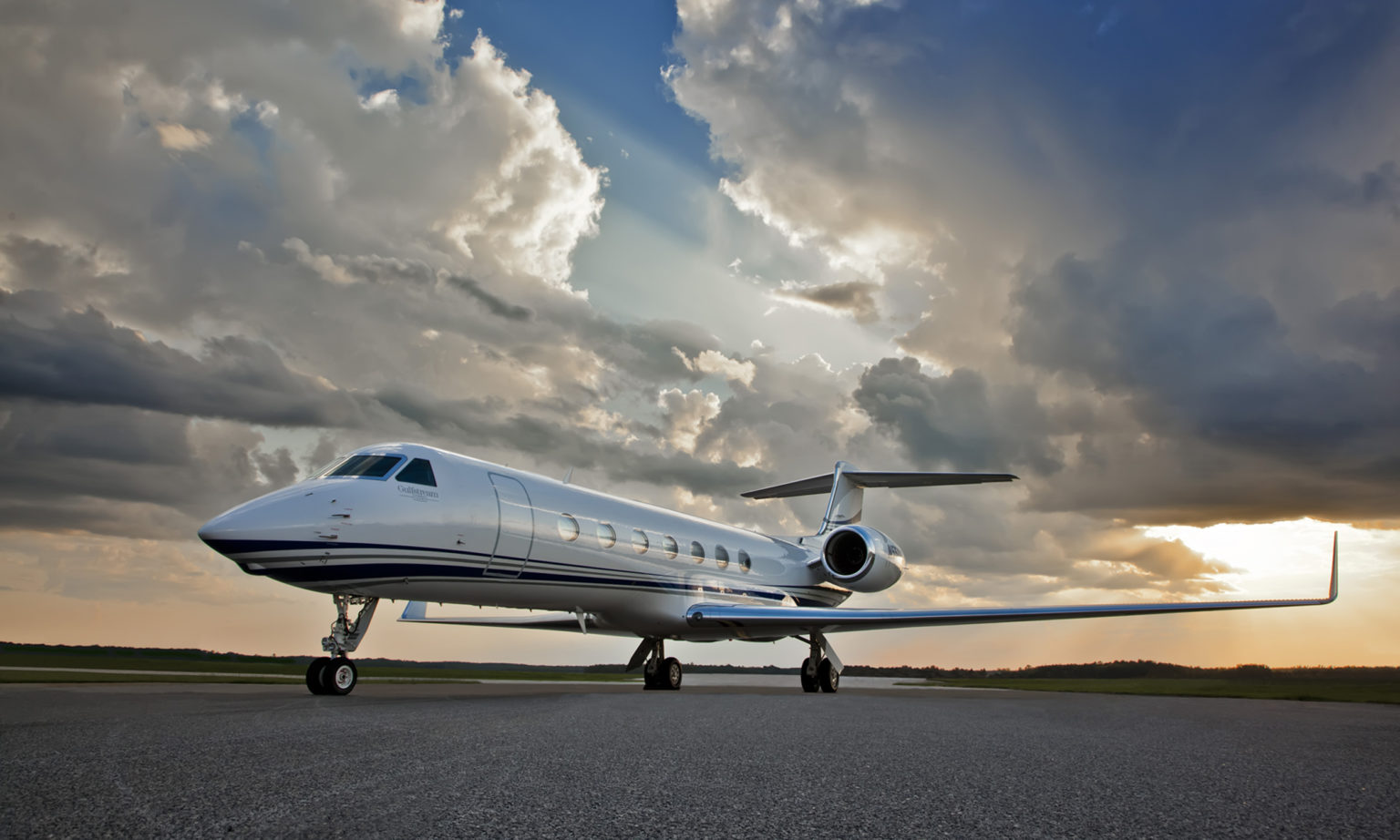Fly Australia Charter
Fly Australia Charter is a locally owned and operated Australian company. Our strategic position means we can service most regional destinations in NSW, VIC, the ACT and QLD at short notice.
We also operate scenic tours over Australia’s most iconic places as well as specialised charter flights Australia wide.
Fly Australia is approved to operate Australia wide by the Civil Aviation Safety Authority, Air Operator Certificate #TAAOC.0891
Fly Australia is also approved to operate within the Great Barrier Reef Marine Park by the Great Barrier Reef Marine Park Authority – Lic Certificate #G19/42574.1
Insurance covering the carrier’s liability act is held for each passenger seat. In addition, Fly Australia also holds insurance policies covering the aircraft fleet, the refuelling operation and third party liability issues.

Fly Australia Safety
Safe operations are our greatest priority. We have a dedicated safety team and operate under government approved fatigue management and safety management systems. All company operations and systems undergo numerous safety audits each year both internally through our safety team and externally by industry and government experts.
Our drive and dedication for safety has made Fly Australia Safety leaders in the aviation industry.
We are proud to have an excellent safety record with no incidents or accidents.

Fly Australia Pilots
Fly Australia Charter greatly values professionalism and safety. Between our CEO and Chief Pilot is a wealth of experience and more than 18000 flying hours in the Australian and international aviation industry.
Our comprehensive employment process and high minimum flying hour requirements means our pilots are industry professionals.
Led by our chief pilot, all company pilots are consistently checked and trained to maintain a high level of skill and currency. Our pilots undergo in-house simulator checks and theory examinations along with practical flight tests every six months.
Fly Australia advanced flight training is conducted annually by an independent specialist flight training facility, this allows independent flight testing and checking officers to look inside the company on safety issues and pilot training.
All company pilots are also specially trained to operate in & out of remote bush unsealed airstrips.

Fly Australia Hygiene standards
The safety and wellbeing of our passengers and staff is our highest priority. In-fact prior to every flight our aircrafts are cleaned and disinfected using high quality hospital grade products. Our staff follow a strict cleaning checklist to ensure nothing is missed. Items that are cleaned before every flight include: seats and seat belts, safety information cards, arm rests, windows, doors, door handles, Head set microphones and earmuffs.
Further to this hand sanitiser is provided to all our passengers and staff at the Fly Australia Terminals.

Caring for our environment
Fly Australia Charter is committed to caring for the environment and reducing emissions. The following are some of our sustainability standards:
Our team – It is our company standard procedure to care for the environment and reduce our footprint where ever possible. Our pilots are trained to fly efficiently using optimum engine power settings and altitudes to reduce fuel usage and ultimately reduce emissions.
Our Aircraft – Our fleet of aircraft are powered by new Lycoming engines and replaced every 1800 hours of operation. This ensures our engines are producing the lowest levels of emissions, saving fuel and staying efficient.
Reducing food waste – Our catering is always fresh! This is because we only order what we need on the day of your charter flight. All our catering is purchased from local Australian businesses and markets as we are strong believers in supporting our local community.
Reducing Noise Pollution – Fly Australia has taken many measures to reduce the effect our flights have on our friends on the ground. Some of these measures that are standard procedure include: using alternate routes to avoid populated areas, using low engine power settings around populated areas, using higher altitudes to minimise noise and operating modern engines that offer lower noise pollution.



